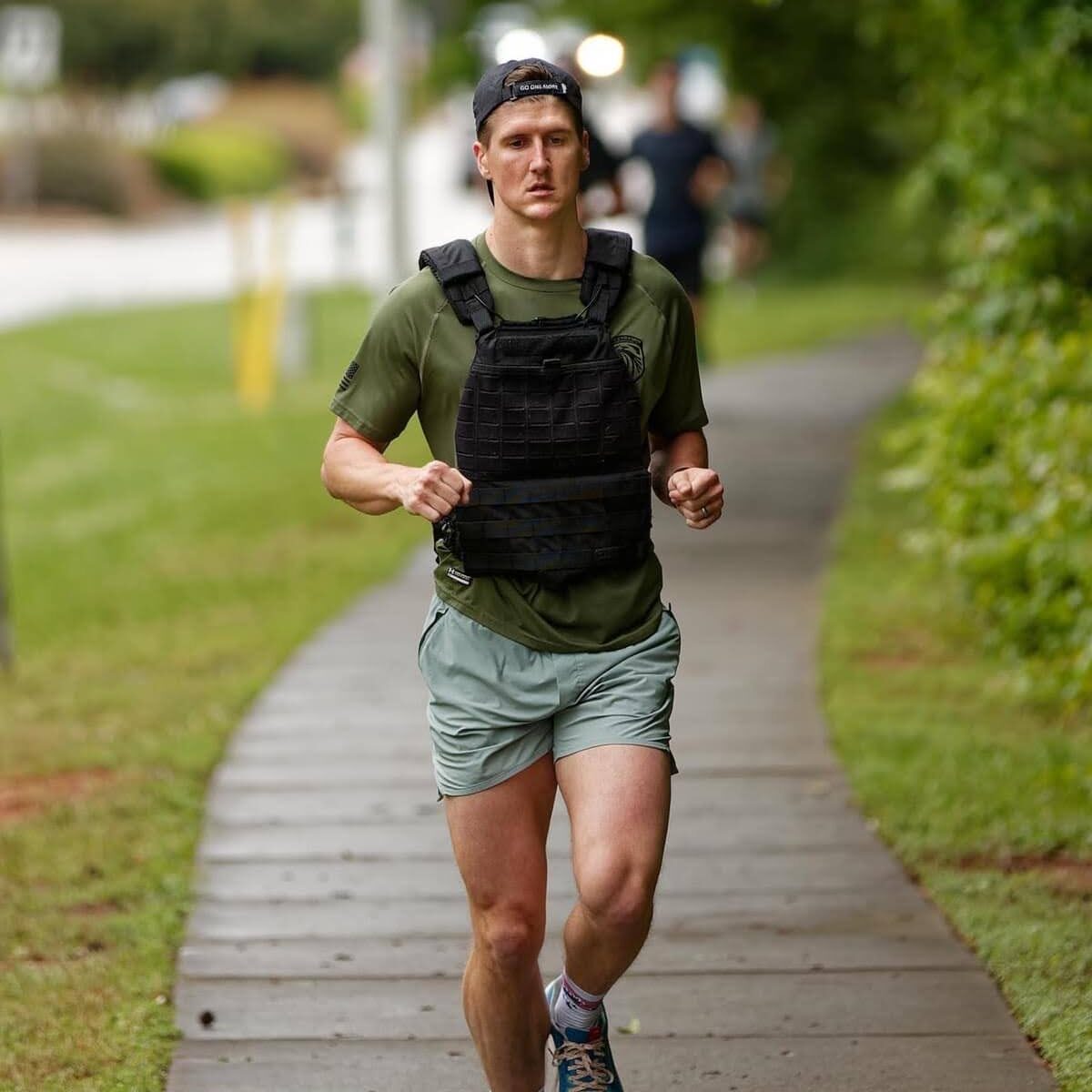Overuse Running Injuries
What the heck? And 5 ways to make you more injury resilient
Every runner has been there or will eventually deal with overuse running injuries. Maybe it’s the cranky knee that rears its ugly head every other month despite your best efforts to stretch or foam roll your IT band. Or it’s the nagging foot/plantar fasciitis pain that sticks around for months despite rolling your foot, adding shoe inserts, taking them away, then getting new shoes, then just wearing the same old shoes as you exasperatedly deal with it. Runners, like any other athlete, are prone to certain overuse running injuries. If this sounds like you (or a friend you know who’s always bailing on runs because they’re hurt), keep reading…
Why do I keep having the same injury?
Running does not necessarily directly causes knee problems, foot pain, or ____ (fill in the blank) issue, but because running (like every other sport) involves repetitive movements patterns that build strength and endurance in certain muscles and connective tissue, BUT don’t develop other muscles and connective tissue leading to “overuse running injuries”. And if you don’t take it upon yourself to do the necessary, yet admittedly tedious, other exercises and practices to fill in these gaps in movement and strength, you are likely going to experience the same old injury (or new ones). While this is not an exhaustive list, here are 5 SIMPLE (not easy) things to start doing to make your body more resilient against these overuse running injuries:
- Dynamic warm-up 5-10 minutes prior to your run, including multidirectional leg swings, lunges, and single-leg mobility movements that challenge your balance and coordination.
- 10 minutes of glute and core strength exercises after your run (ex. Bridges, planks, etc.). AT LEAST 1 consistent strength training routine per week that includes lower body exercises (ex. squats, lunges, deadlifts).
- Strides before a hard run or after an easy run. Strides are progressive acceleration for 40-100m working up to 90-95% of your max speed.
- Vary your routine to include shorter harder runs, longer easier runs, hills, and intervals. Basically, don’t always run at the same hard(ish) pace.
- Be active outside of the time you run. Walk, bike, MOVE versus just sitting for most of the day and only really moving your body when you run.
Notice that nothing above mentions “stretching” or even foam rolling (cue collective loud gasp). That’s not because they aren’t helpful or that I don’t believe they work, but because in a world of limited time and energy, foam rolling and static stretching every muscle in your legs is not going to make as much of an impact as you may been led to believe.
What if I’ve tried all the above, but I’m still not better?
Go see a quality physical therapist who will spend the time and effort to figure it out and give you a solid plan to get you better. Yes, this is a shameless plug for PT, but if you have a problem with your car, you go take it to a mechanic who can diagnose the problem and fix it. Likewise, if you have a movement-related problem, then you should take it to a movement expert. Let a PT assess you in your evaluation and tell you if your overuse running injuries are appropriate for PT or not and refer you to an orthopedist if necessary.

About the Author
Dr. James M. Wilson, Jr., with Village Physical Therapy, has his Doctorate in Physical Therapy from Campbell University. He has a strong background with exercise principles and interventions to reduce pain and improve function and has advanced his manual therapy skills to include dry needling, spinal manipulation, and instrument-assisted soft tissue mobilization.
Village Physical Therapy believes if you have a movement-related problem, you should take it to a movement expert. Let a PT assess you in your evaluation and tell you if your ache/pain/injury is appropriate for PT or not and refer you to an orthopedist if necessary.


